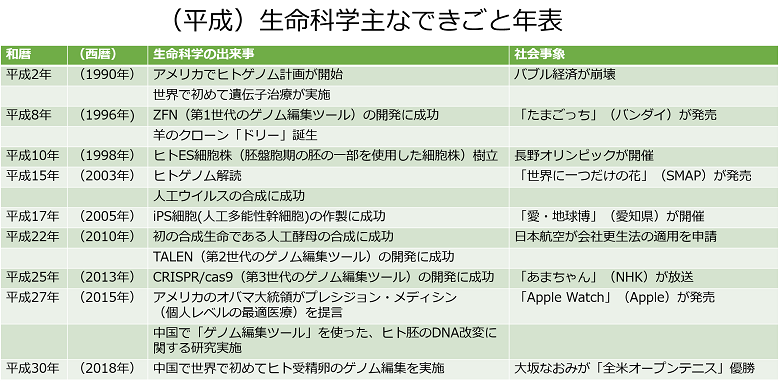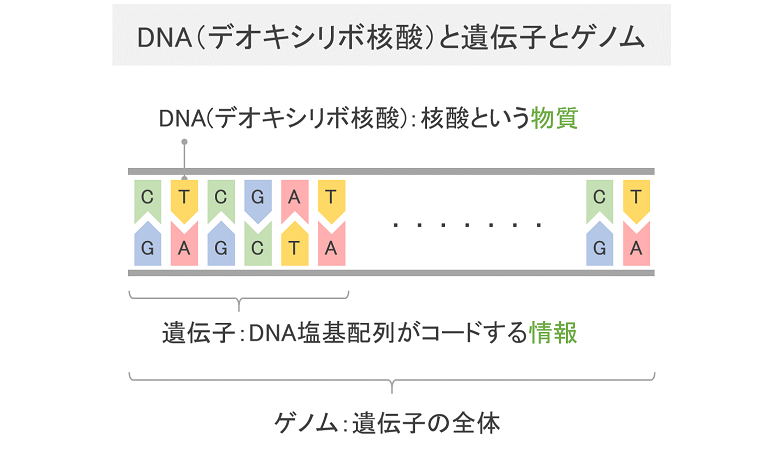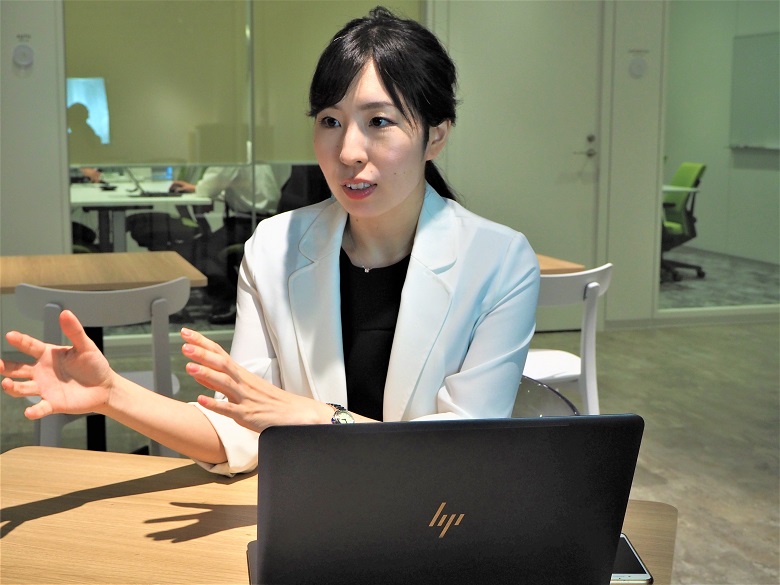May 1, 2019 The era name has become Reiwa. I think there are many people who have renewed their feelings.
In the field of life science, the Christian era is usually used, but this time we will dare to look back on the evolution of life science in the unit of Heisei.
This time too, Sachiko Takahashi, a life scientist who leads gene analysis services as President of GeneQuest Co., Ltd./Executive Executive Officer of Euglena Co., Ltd., will explain.
What kind of era was Heisei for life science?
-The Heisei era is over, and this month is the first year of Reiwa. What kind of era was Heisei for life science?
Takahashi: In research fields including life sciences, we think about how to mark the calendar globally, so I think it is only Japanese people in the world to look back on life sciences at the 30-year break of "Heisei". (Laughs) However, it may be a good opportunity to look back on an era when so many things happened in the field of life sciences.
During the Heisei era, many amazing things happened, such as the completion of the Human Genome Project, the birth of Dolly, a sheep clone, and the birth of genome editing technology.
From the perspective of economic growth, it is often referred to as the "lost 30 years", but from the perspective of life science, it is the "lost 30 years" rather than lost.
I was just one year old in 1989 and the same age as Heisei, so I'm glad I was born in such an interesting time.

First of all, the biggest turning point is the decoding of the human genome in 2003. This means that the "Human Genome Project," a human genome decoding project that started in 1990, has decoded the entire human genome over a period of about 13 years.
-I'm sorry for the rudimentary question, but what was the human genome?
Takahashi: The genome is the "whole gene." It's a combination of the English words "gene" and "ome". "Genes" are information that can be said to be the blueprints that make up humans, and it was thought that life science would greatly evolve by deciphering them.
By the way, I'm often asked about the difference between "gene and DNA".
-"Gene", "DNA" ... Isn't it the same?
Takahashi: First, "DNA" is a substance, and "gene" is information. "DNA" is an abbreviation for deoxyribonucleic acid, which is a substance containing four bases, and the information in it is the "genome" = the entire gene.

For example, if you compare it to a CD, it would be easier to understand, but if the substance called CD is "DNA", the information about music contained in it is the "gene". And the "genome" is a combination of all the songs on the CD.
-I see! "Genes" are information, aren't they? I somehow understood.
Takahashi: In other words, the "Human Genome Project" aimed at decoding the human "whole gene (genome)" began in 1990, and the human "whole gene (genome)" started in 2003. The genome) ”has been decoded. This also means that we have a blueprint for humans.
Banana and human genes are 60% the same! ??
-You said that the human genome has been deciphered, but are other organisms also deciphered?
Takahashi: Yes, the genomes of many organisms have been deciphered so far. For example, in the last year of Heisei, the entire genome of wheat, axolotl, koala, etc. was newly deciphered. By decoding the genome, for example, the wheat genome may be a clue to solving food problems, and the axolotl genome may be able to unravel the ability to regenerate tissues.
-There are various genomes. How much do genes have in common between humans and other organisms?
Takahashi: Yes. For example, some studies have found that when comparing banana and human genes, about 60% were common.
-Bananas and humans are 60% the same! Although the shape is completely different.
Takahashi: In addition, it is said that the gene of cats is about 90%, that of chimpanzees is about 96%, and that of humans is 99.9%. In other words, genome decoding revealed that there are a large number of genes common to living organisms.
―I see, there are actually many things in common. I was wondering if it was completely different.
Takahashi: That's right. Furthermore, it was found that there is a difference in the number of genes. Until the genome was deciphered, it was thought that complex organisms might have more genes. However, it turned out that I couldn't say that.
The number of genes in humans is about 20,000, but the number of genes in Daphnia exceeds 30,000. It is known that rice and koalas also have more genes than humans.
-I have fewer genes than Daphnia ...
Takahashi: Rest assured that it is not better to have a large number of genes. It is thought that the number of genes in humans has decreased due to selection in the process of evolution.

Possibility and challenges of utilizing genomic information
-Actually, I haven't got it right yet, but is it so great to understand the blueprints of humans? Is there anything good?
Takahashi: The benefit of deciphering the human genome is that the blueprints have become widely available, mainly in the medical field.
-what do you mean?
Takahashi: Gene therapy was carried out in the United States for the first time in the world in 1990, but since then, research utilizing genomic information in various forms such as gene editing, ES cells, and iPS cells has been conducted. I did. In 2015, President Obama in the United States made recommendations on the need for medical treatment based on the genomic information of each human being, and the use of genomic information in the medical field is expanding.
-I see. It means that there is a possibility that medical care tailored to individual genomic information can be realized.
Takahashi: That's right. In addition, by decoding the genome, we succeeded in artificially synthesizing life and developed a groundbreaking technology called genome editing technology. By applying genome editing technology in the future, we can expect to solve problems such as treatment of intractable diseases, drug discovery research, and agriculture and livestock.
On the other hand, breakthrough new technologies always bring new risks. For example, in the last year of Heisei, there was a great uproar in China, where a genome-editing baby with AIDS resistance was born without ethical agreement.
If we look at the era of Heisei from the field of life science, it may be said that we have succeeded in "decoding the human genome", and that research on the utilization of genome information has progressed, and the possibilities and issues have become apparent.
And I would like to talk about what will happen in the Reiwa era next time.
-Reiwa may be an era in which the use of genomic information becomes commonplace. Thank you very much.
~ Continue to the second part ~
Euglena Co., Ltd. Executive Officer in charge of bioinformatics business
/ Representative Director of GeneQuest Co., Ltd.
Shoko Takahashi
Graduated from the Faculty of Agriculture, Kyoto University. In June 2013, he started GeneQuest Co., Ltd. while enrolled in the doctoral program at the Graduate School of Agriculture and Life Sciences, the University of Tokyo. Completed the doctoral course in March 2015 and obtained a doctorate. We provide a genome analysis service that conveys genetic information on disease risk and constitution to individuals. April 2018 Appointed Executive Officer in charge of Bioinformatics Business, Euglena Co., Ltd.
Received the Ministry of Economy, Trade and Industry "2nd Japan Venture Award" Minister of Economy, Trade and Industry Award (Female Entrepreneur Award), the 10th "Japan Bio-Venture Award" Japan Venture Society Award, World Economic Forum "Young Global Leaders" Selected for "2018".
In his book, "How does genome analysis change the world of" I "? -The future that can be created by life science technology- ".
Gene analysis platform "Euglena My Health"

